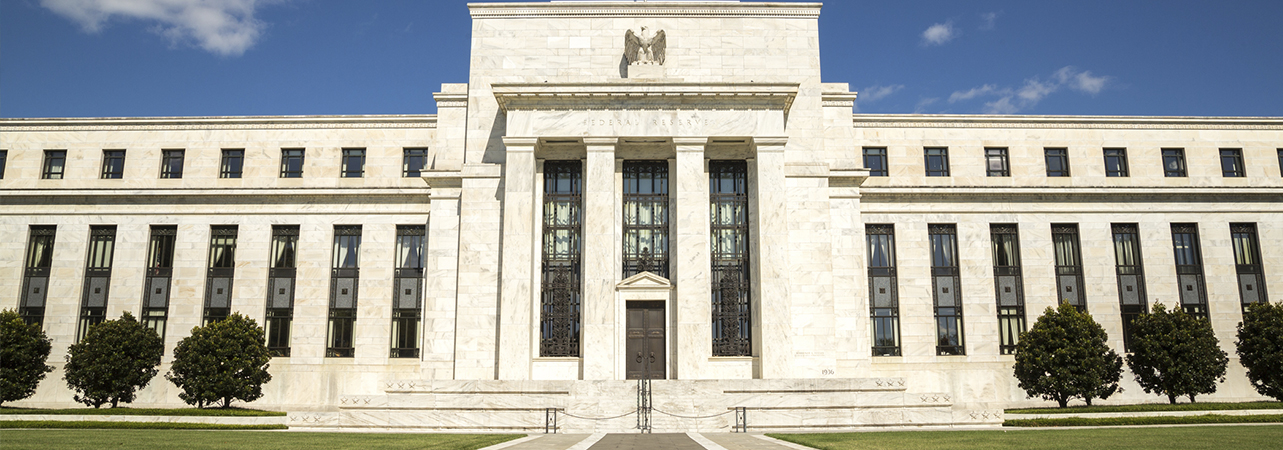The number of Covid-19 cases in the US rose to over six million during August, with more than 182,000 deaths recorded. Schools and colleges have been slow to reopen, and this is likely to affect consumers’ customary back-to-school purchases.
- The Fed updated its inflation policy to give policymakers more flexibility
- The change will allow the FOMC to keep rates lower for longer
- The relationship between China and the US remained sour
To view the series of market updates through August, click here
The number of Covid-19 cases in the US rose to over six million during August, with more than 182,000 deaths recorded. Schools and colleges have been slow to reopen, and this is likely to affect consumers’ customary back-to-school purchases. Nevertheless, sentiment was boosted by hopes that a vaccine or treatment will be found, and that the economy will power through the negative impact of the virus, and share prices rose strongly in the US over the month. The Dow Jones Industrial Average Index rose by 7.6% during August, while the S&P 500 Index increased by 7% and the Nasdaq Index climbed by 9.6%. Demand for technology stocks sent the S&P 500 Index and the Nasdaq Index to new highs during the month.
“It is hard to overstate the benefits of sustaining a strong labour market” (Fed Chair Jay Powell)
The relationship between China and the US remained sour during the month as President Trump postponed a meeting with China’s representatives, saying: “You know why? I don’t want to deal with them”. Looking ahead, investors are likely to focus on the forthcoming Presidential elections.
Minutes from the Federal Open Market Committee’s (FOMC’s) July meeting showed that Federal Reserve (Fed) policymakers expect the coronavirus pandemic to continue to “weigh heavily” on economic activity, inflation and the labour market in the near term, and pose “considerable risks” to the medium-term outlook.
The Fed announced a “robust” update to its inflation policy in a move designed to give policymakers more flexibility. Instead of aiming for a fixed target of 2%, the FOMC will target an average inflation rate of 2%, allowing it to run “moderately above 2% for some time”. The change will allow the central bank to support the labour market by keeping rates lower for longer. Fed Chair Jay Powell said: “It is hard to overstate the benefits of sustaining a strong labour market”. In the longer term, however, the Fed continues to believe that inflation of 2% remains the target over time.
At this year’s virtual Jackson Hole symposium, Fed Vice Chair Richard Clarida said that Fed officials do not intend to tighten rates in response to a strengthening labour market, saying: “A low unemployment rate by itself … will not, under our new framework, be a sufficient trigger for policy action”. He also reiterated that policymakers do not regard negative interest rates as an “attractive policy option”.
A version of this and other market briefings are available to use in our newsletter builder feature. Click here





